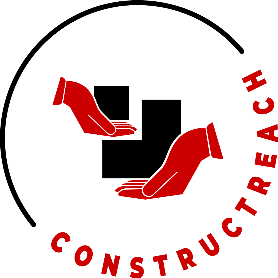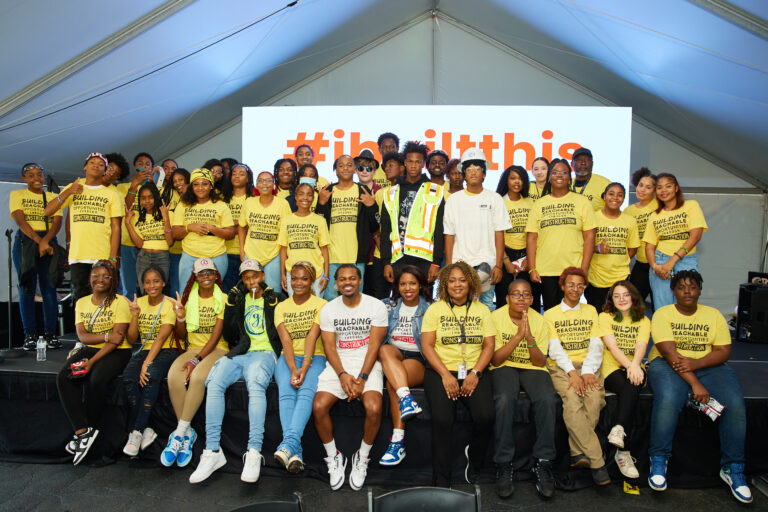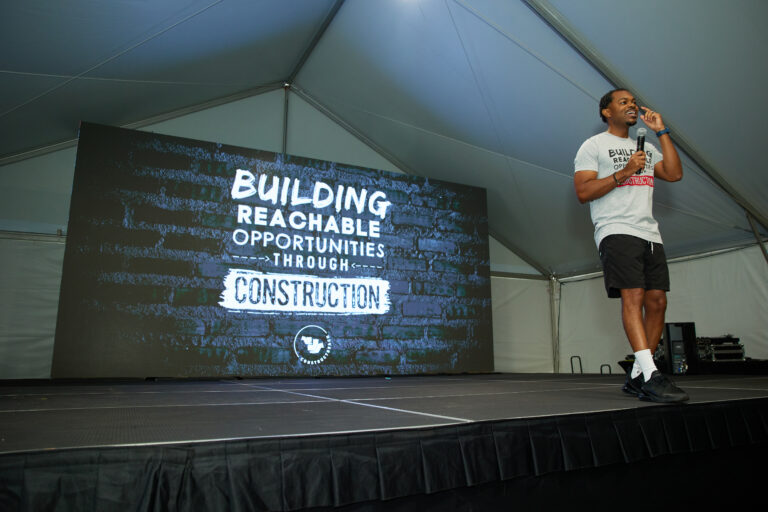Personalizing your resume can be a key factor to how the hiring manager chooses candidates for an in-person interview. Applying for jobs with a resume that looks similar to other potential candidates, or simply blends in the pile can lower your chances of standing out.
Your resume should emphasize your strengths as well as why those strengths matter. Most importantly, personalizing your resume will give you a tremendous advantage for one major reason…the average candidate doesn’t do it.
We have compiled a list of tips to help make personalizing your resume easy:
1. Make Relevant Content

Do not feel compelled to tell a hiring manager everything. In fact, everything that isn’t relevant to the specific position should be removed.
That bullet point about knowing how to use a printer? ..Gone.
You worked a temp job in a completely different industry?..Gone.
If the resume starts looking skimpy, carefully put information back in a way that is relevant to the position. A hiring manager would rather see a half-page packed with useful information than two pages that don’t really play a part in their objectives.
Lastly, every bullet point matters. Each bullet should be relevant to the position in question, not an inventory of daily activities.
2. Put Your Skills At The Forefront

Before ‘Work Experience’, list your relevant skills to the job in question. Mention you use a tool like Microsoft Office only if it’s mentioned in the job listing. Don’t mention it because it sounds good. You want to highlight analytic skill, your prowess in management or your knowledge of software development.
Doing so allows you to impress the hiring manager with a personalized resume that shows them off the bat what you bring to the table.
Regardless of your audience, focusing on strengths that’ll help you stand out is what you want to aim for. For example, as a Social Media Specialist applying for a branding role, you may have a natural inclination to think about how a company can continually strengthen its brand, an obvious part of a “big-picture” theme. Instead of just listing Instagram, LinkedIn, Facebook, Twitter, your rewritten skill might look something like this:
“Ability to adapt to changing social media landscapes and new algorithms by regularly developing and enhancing online presence with creative strategies.”
While it’s important to customize your resume with appropriate keywords to beat the bots, you also need to craft your resume with the recruiter and hiring manager in mind. Focus on the top third of the first page of your resume — “above the fold,” as they say in the newspaper and web development worlds — because this is the small window that needs to grab their attention.
Clearly line up your qualifications with the requirements from the job description and place them in a section at the top of your resume, just below your contact information and target job title.
3. Add Keywords and Phrases

One of the most important aspects of the resume is how quickly it can catch the eye of a hiring manager. To do so, you need to have keywords–but not too many. Keywords need to be strategically sprinkled throughout your resume to avoid “keyword stuffing” and ultimately adding too much fluff.
The keywords used in the job description are the same keywords you want to work into your resume–and are the first words a hiring manager will notice on your resume. Not to mention, this will help for the companies who use digital tracking application software, to filter through potential candidates.
Powerful actions verbs such as: (consolidated, restructured, and mentored), are a great way to catch the eye of hiring manager. For example, “I helped with a training event” can become “I orchestrated a training event,”. Use action verbs that explain what you achieved for the company.
4. Keep It Down To Earth

Avoid exaggerating or flat out lying about your experiences. If you’re only printing the reports, don’t say you’re preparing them. If you’re a solid candidate and show the potential, employers will gladly work with you. When you personalize your resume for each position, you resonate more with what a company is looking for in a candidate.
When tailoring your resume specific to the job posting, hiring managers notice the extra details and time spent. Yet, the average resume does not demonstrate this.
Every resume sent should address the needed qualifications, skills, and requirements of each job position. It may seem like a lot of work to customize your resume to each opportunity you apply to, but remember — the job search is all about quality, not quantity. Make your resume speak to the hiring manager, as if you’re already in an interview.
Sources:
Mendoza, C. (2017, February 26). How to Make Your Resume Better With Keywords & Phrases.
Thottam, I. (2018, July 25). The Best Way to Add Keywords to Your Resume.]]>




